Auction houses / Global
On the block
London’s Phillips de Pury Chicago’s Wright, Sweden’s Örnsbergsauktionen and Berlin-based online auction house Auctionata are put under the Monocle microscope. We look at how the auction design industry is keeping pace in the 21st century.
To the casual observer the auction industry might seem detached from reality. And it’s easy to understand why. Cast your mind back to September 2008 when the world woke up to news that Lehman Brothers had filed for bankruptcy and the very next day Damien Hirst sold 218 artworks at a Sotheby’s sale in London for a record £111m (€130m). In the subsequent years of economic distress, the press has pounced on top lot sales, pictured next to white-gloved interns as if to emphasise the gap between the haves and have nots.
It’s a disparity that’s arguably sharper in design auctions. If good design is defined by principles of function, democracy and improved quality of life for as many people as possible, how do you argue that a single Lockheed Lounge chair by Marc Newson selling for £1.1m (€1.3m) at auction is anything more than folly? But to look at the selling price of one lot is like judging a book by its cover. The design auction industry is entirely relevant and not just as a tool to furnish the homes of the world’s wealthy few.
Bringing a design to market is a painstaking process requiring sensitive client negotiation, careful editing, exhaustive research and expert analysis at every stage. Everything is catalogued with fanatical attention to detail – from origin to journey to current state – in order to place an object in its wider context, measure its significance and arrive at an appropriate estimate of its value. As such the auction house has a vital role in telling the story of design, piecing together the past, cataloguing the present and shaping the future.
For such a controlled process, the auction itself is curiously reliant on the fate of the moment, in the hands of the bidders. It’s an electric conclusion – months of work are “over” in a matter of minutes – not unlike giving birth, though less messy.
The design auction world has not been immune to the radical changes that have impacted so much traditional life in the past decade. For an industry that relies on the physical experience, catering to a market that’s increasingly attuned to operating remotely, digitally and at its own convenience has forced the auction house into the 21st century. We delved behind the scenes at four different design auctioneers to see how.
01.
Phillips de Pury
London
— Phillips de Pury, headquartered in New York and London, is the market leader in the modern and contemporary design auction world and things are looking good. Its annual December Design Masters auction in New York fetched a total of $4,914,925. The top lot of the sale was a pair of “Gonse” armchairs by Emile-Jacques Ruhlmann, which went for $1,426,500, more than double their estimate and the highest price paid for a piece of furniture last year.
When monocle drops in on its London office amid preparations for its 26 April sale it’s clear this is a well-oiled machine. The six-strong design team (with four more in the New York office) is steered by Alexander Payne, the worldwide design director. With a quiet confidence he explains the ingredients for the recipe of his team’s success.
“Every member of the team brings enormous experience, knowledge and passion. Only if one believes in and connects to an object can you pass this on to a client,” Payne says. “Honesty and transparency are crucial. Across all our sales we cover around 140 years of design history throughout which there’s been enormous changes. If one of our clients has collected Tapio Wirkkala for 50 years, they will obviously know more about his work than us. So we have to be meticulous in our research, condition reports and evaluation before approaching potential clients to gauge interest. As a team we are part researchers, part custodians and part client servicemen.”

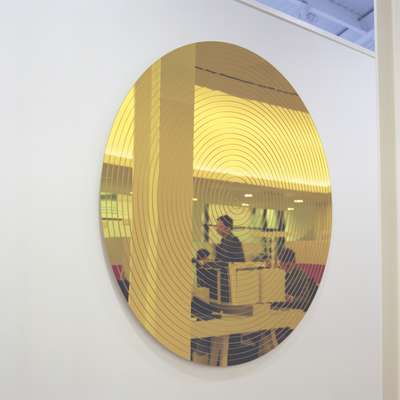
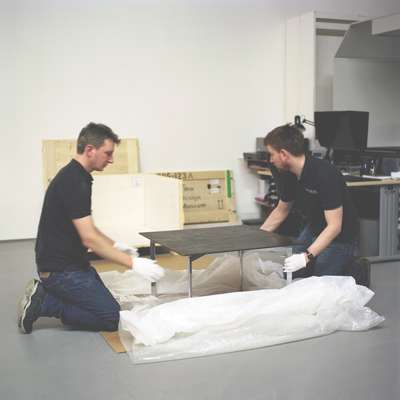

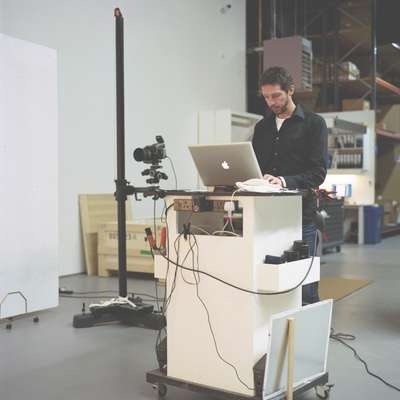
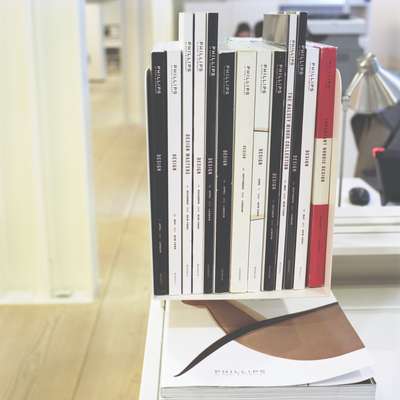

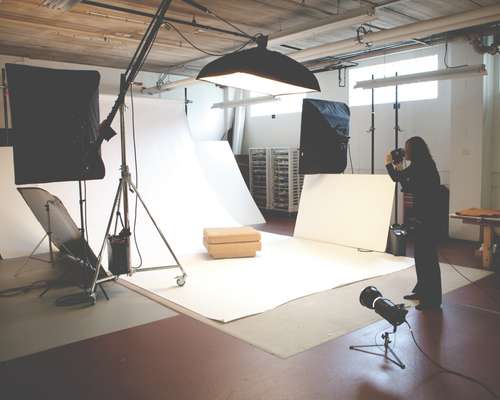


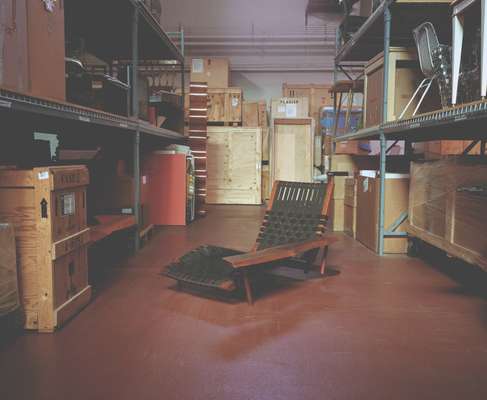
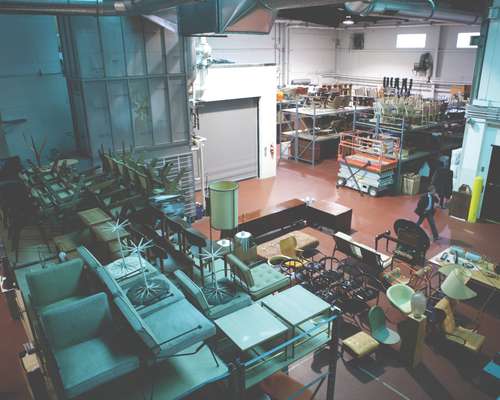
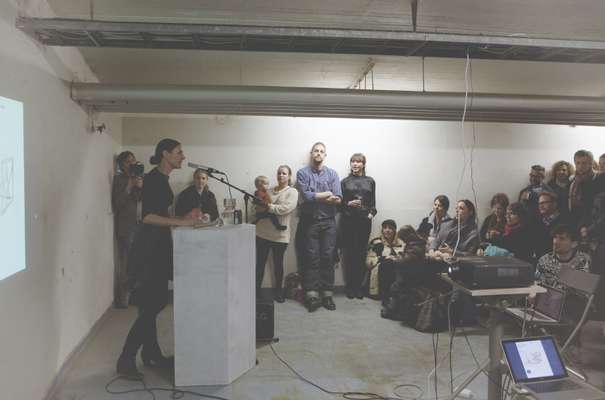
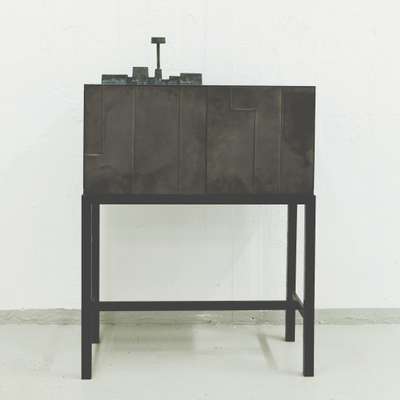
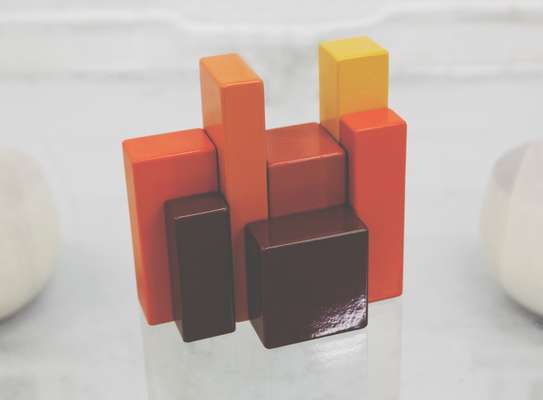
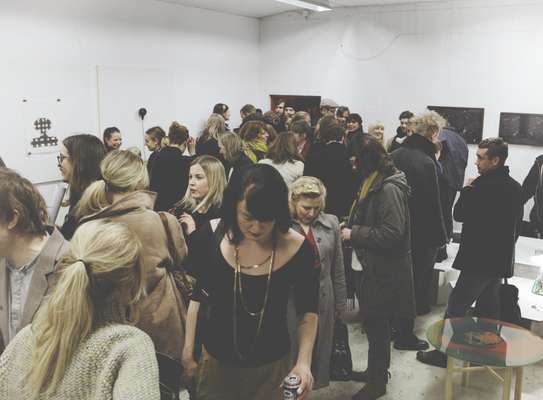

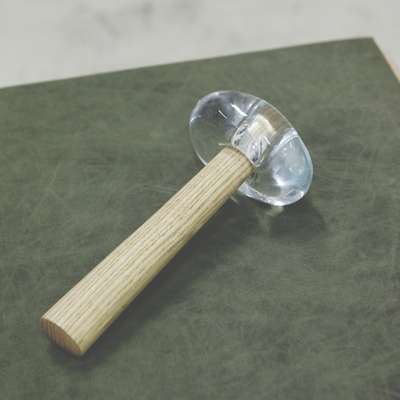
It’s a balance that Phillips strikes well and being the market leader comes with rewards in the shape of being offered exceptional pieces to sell – doors open, museums and collectors flock. But it brings responsibility too and Payne is humble when quizzed over the power of the auction house to create the market. It’s days before gathering lots for the 26 April sale closes and connoisseurship is in evidence in all Phillips operations. The team has been working on this sale since autumn. Design property manager Oliver Gottschalk is handling the designs as they arrive at the storage facility in Mitcham with white-glove service, literally. Here the condition reports take place before photography and cataloguing begins. Cataloguers in New York’s Public Library and London’s v&a will scour records and archives, pooling resources with the design team’s extensive personal libraries. “It’s like writing a thesis on each item,” says Payne. “We go the full distance – it’s exhaustive.”
The auction itself is where the magic happens. Paddles and phone banks are frenzied but there’s a recent addition too – online bidders. Phillips introduced online bidding in April 2005 with a live stream of the auction. The number of online bidders is rising – the ease, the convenience and the speed are all attractive to a new generation of collectors. Payne understands the need to cater for this but warns of the danger of becoming a luxury eBay auction house. “Our auctions could never exist purely in a digital format. The drama of the performance, being part of that moment and witnessing the passion, the desperation – it’s showing how the market is reacting to an object in real time. You could never communicate this digitally. Design is about empathy and I question if you could ever empathise with an object remotely. That’s one thing I’m determined we can control and that comes through quality and commitment to our process and clients.”
phillipsdepury.com
02.
Wright
Chicago
— Richard Wright may be best known as one of the world’s leading auctioneers of modern design, but it wouldn’t be a stretch for him to add art director or publisher to his moniker. From headquarters in Chicago, he and his team hold around 10 sales a year and, alongside each, they publish an auction catalogue so beautiful that the books have become collector’s items themselves. “One of the things that I’m most proud of is the creative side of the auction presentation – it’s the auction frame,” Wright says. “The catalogue is pure and creative. It’s where we can present everything in its best light – it’s about the possibilities and we’ve changed the auction industry with it.”
Wright has been in the business of selling furniture for over 25 years. Having started out as a travelling antiques dealer – selling gems picked up in Midwest flea markets to customers in New York – Wright joined a Chicago auction house in 1994 and six years later set out on his own.
His success has in great part been due to an early decision to position himself at the core of an emerging market. “Imagine trying to sell stuff from the 1950s in the 1980s,” he jests. “It was quite a trick but being a participant at that time has paid off and it’s what we continue to do today. We became centrally located in the market.” The post-war American design auction that Wright began his business with in 2000 was a $400,000 sale. Seven years later, he closed an auction with a value of $10m (€7.5m). “There’s a heroic quality to that period of design,” he says. “I certainly don’t believe that I am creating the history of it but I’m a participant in the dialogue. It’s hard to understand whether we create or reflect the market, but I think auction houses are stronger when we communicate it and try to lead it in new directions.”
Wright’s staff of 14 includes specialists, researchers and a sales team, as well as a dedicated graphic design department and two full-time photo studios. A month before the next sale and the Wright building is buzzing. New deliveries are checked in the warehouse and each piece is photographed for the catalogues.
Having weathered the economic storm of the past few years, Wright’s first sale of last year made twice the low estimate (they budget for 70 per cent). Alongside the original four annual auctions are a seasonal Scandinavian sale, a hybrid fine art/design auction, a yearly summer sale with no reserve prices and specialist events. Wright has grown with the market and the company’s next challenge is to expand online. The graphic design team has lent its aesthetic standards to the company’s website, opening yet another channel for Wright to be creative with the auction business. To him, it’s all part of the same thing – adding value to the objects that they sell. “By documenting, by promoting and by getting a piece to the right buyer, we are creating a machine that takes something in, adds value and sells it. At its most base level, that is what the auction business is about.”
wright20.com
03.
Örnsbergsauktionen
Sweden
— At the other end of the spectrum from Phillips and Wright, three young Swedish designers held an auction during this year’s Stockholm Furniture Fair that became the unlikely talking point of the week. Simon Klenell, Fredrik Paulsen and Kristoffer Sundin gathered 30 of their friends and invited them to auction a piece of their studio work. “It started as a joke in November,” Paulsen explains. “We were talking about Bukowskis, the local auction giant here, and we couldn’t understand why people bought so much old, mass-produced furniture for such an amount when there is so much handmade, new design to be found. And so we wondered if we held our own auction with friends if anyone would respond.”
The response was extraordinary – the pre-auction exhibition in an uninspiring warehouse in the Örnsberg suburb of Stockholm gathered crowds throughout the week and around 300 people turned up for the event itself, squashed into a space built for half that amount.
The “joke” generated serious discussion among international and local designers and industry figures. “We asked our designers to set the price for their work,” says Paulsen, “which forced us all to think about the cost of material, manpower and creativity.” Others pointed to the importance of showing handmade designs in a studio – the environment in which they were made – so potential buyers can understand their provenance. Paulsen goes further: “It’s even more appropriate to bring people here to see works like these, whether they buy them or not. It was in these neighbourhoods that workshops used to be at the heart of the community. Workshops gradually left cities to the countryside. Now they are moving away from the country. We need to show that we can still make things and this is one way of doing that.”
And it’s not just a novelty value gimmick. At a time when young designers are struggling to get their products to market – direct selling through auctions is as enterprising a way as any to get noticed and with a final sales tally of sek85,950 (€9,700) it’s clear that the market responds. Would they do it again? “There’s obviously huge demand for this,” says Paulsen. “We’ve been so taken aback and now we feel we have a responsibility to do it again.”
ornsbergsauktionen.se
Wright’s tips:
Use your gut instinct: We feel passionate about what we’re selling. If we don’t believe in something, then what’s the point?
Don’t burn bridges: The most powerful thing is our relationships with buyers.
Don’t overvalue things: Pay the object respect. The estimate is the frame in which you view a piece.
Use your eyes: I like to look at the object first and then learn. People can be led too much by a name.
People skills: You can’t force people to sell but when they are ready, they’ll move quickly.
Design online
The world’s first completely online auction house launched in June last year. Berlin-based Auctionata offers two types of trade – live online auctions and a curated, fixed-price gallery. The inaugural auction of 20th-century design attracted 1,000 visits to Auctionata’s website.
“We offer buyers the comfort of bidding from their living room,” says founder Alexander Zacke who’s been in the auction business for 21 years. “We also give a 25-year authenticity guarantee.”
Launching what was considered unthinkable in the design auction business until recently, Zacke has 15 in-house IT staff. “You need a reliable, sophisticated software. Big houses like Christie’s and Sotheby’s can afford this but they accept only high priced items for their online auctions, whereas our lots start at €100,” he says.
What sets Auctionata apart is Zacke’s international network of over 200 evaluation experts. “‘Curation’ is the magic word for us – we can rely on highly knowledgeable, trustworthy experts for it.”
With 2,000 registered clients, €250,000 gross merchandise volume and users from 80 countries, the magic seems to be working commercially. Auctionata is not unlike a design version of eBay (Zacke did spend eight years there before launching it), but still there’s no doubt the model has a market for people looking to sell and buy things quickly and remotely.
auctionata.com


